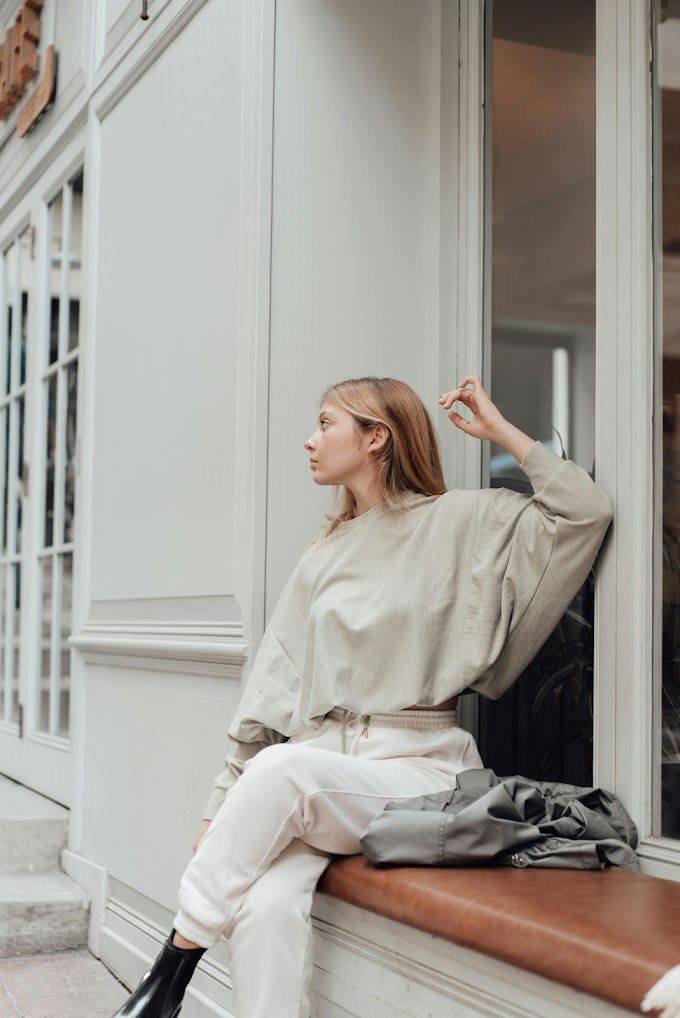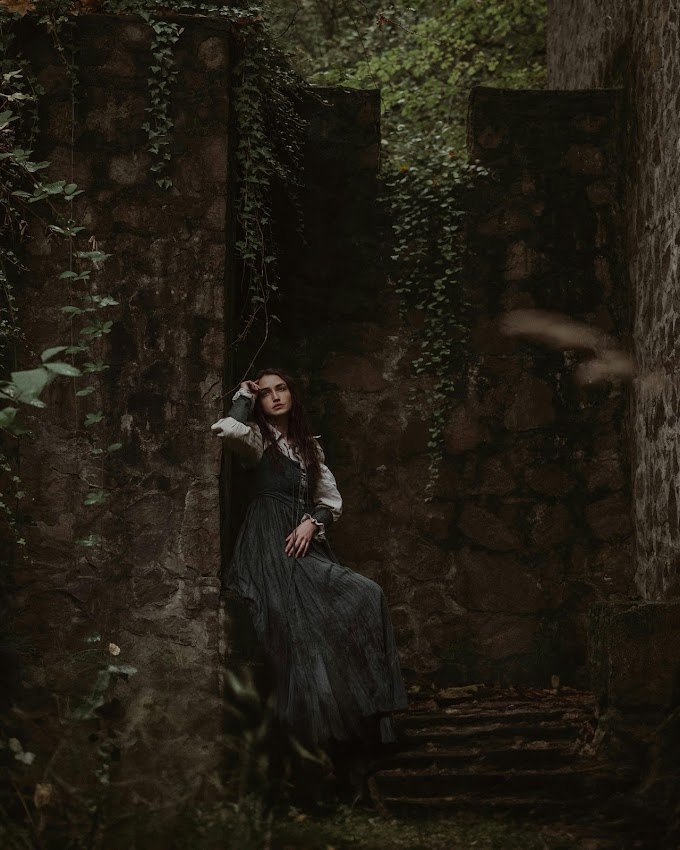Punk Rock Fashion of the Late 1970s: Defiance, Rebellion, and Style
The late 1970s was a period of dramatic cultural upheaval, a period of punk rock-that incredible genre that transformed, all at once, not merely music but pretty much everything. Punk rock style, brazen and defiant, became a definitional feature of the punk movement. This article discusses the origins, defining characteristics, cultural impact, and enduring legacy of punk rock fashion, a radical style that emerged in the late 1970s and made its mark on the world of fashion in such a way that it continues to be noticed through the vandalism of the norm.
Origins of Punk Rock Fashion
1. The Origin of Punk Rock
Punk rock sprang from the middle of the 1970s as a backlash against the perceived excess of mainstream rock music and the so-called socio-political mainstream. Embracing garage rock and proto-punk bands as part of its sound, punk rock had an inherently raw, aggressive sound together with lyrics about crashing the establishment in fashion as well as music. It was The Ramones, the Sex Pistols, and The Clash that defined the sound of punk rock.
The DIY ethos-the do-it-yourself movement-propagated the punk rock movement, which manifested itself not only in music but also in the genre's fashion sense: provocative, eclectic, and against conformity. Punk rock's aesthetic attitude was not just for expressing a statement but as a manifestation of a new cultural identity rejected by mainstream values.
2. Influences and Inspirations:
Punk rock style draws heavily from a vast array of sources; earlier 20th-century avant-garde and 1950s and 1960s beatnik and bohemian styles; street fashion from many distinct urban subcultures. Punk's anti-establishment ideology was also inspired by the late 1960s counterculture-a reaction against mainstream lifestyles, encouraging counter-cultural ones.
Key influences of punk rock style included the early aesthetics of punk and glam rock groups as well as influence choices by fashion icons such as Iggy Pop and David Bowie. The punk movement embraced the concept of androgyny and nonconformity as well as the super theatrical style from these earlier aesthetics but expressed it all in their individual stamp, thus making them punk.
Essential Features of Punk Rock Fashion
1. DIY and Personalization
As such, the DIY ethos was in the very fashion core of punk, forcing people to produce and alter their clothing and accessories. In this light, it defined a direct reaction against mainstream dress, commercialized and mass-produced, which gave the punk rockers an identity that would resonate with nonconformity with conventional style norms.
Basic, cheap clothes, including leather jackets, ripped jeans, and old pieces, often altered in the DIY process, but, most of all, would be changed and customized by including a variety of sewings. Punk rockers added patches, safety pins, and studs to their clothes; that way, they made their clothes not quite like the rest, but rebellious at the same time. DIY fashion was not only a means of expression, but it was also against the culture of consumerism.
2. Leather and Denim
The most significant leather and denim were used for punk rock styles as these fabrics embodied strength and rebellious associations. Leather jackets, or rather with spikes, studs, and patches, were the absolute punk icons. These predominantly wore over band T-shirts or ripped clothing, with an interplay contrast of a tough, almost raw sort of punk look against the simply rough grittiness of a leather 'tough' finish.
Denim, particularly ripped jeans and vests, was another common punk rock attire. The symbolic rips within denim pieces were therefore a means of expressing intentional disaffiliation with the mainstream and glossy style to embrace something more raw and less polished. Denim was sometimes combined with other punk textures like band logos and political slogans that further drove the anti-establishment message.
3. Vibrant Prints and Graphics
The punk rock style distinguishes itself with prints and graphics on bold provocative slogans, names of bands, and political messages on T-shirts and jackets decorated sometimes in fairly insidious motives, figures of punk heroes, anarchist signs.
Graphic prints were one way punk rockers communicated their ideas and identity while issuing an accompanying statement of rejecting culture while having a part in mainstream America.
Graphic elements, further, became part of punk fashion inspired by the visual feel of punk music-such as albums, fanzines, and posters.
4. Androgyny and Gender Fluidity
Punk rock fashion embraced androgyny and gender fluidity, defying traditional gender norms and embracing instead a more fluid approach to identity. Punk rockers could often be found sporting aspects of both masculine and feminine elements, fabricating clothing combinations that would shatter the bins characterizing conventional gender definitions.
For instance, men and women sported the same clothes items-like skirts, use of cosmetics and high heel shoes that merged traditional gender roles. This aspect of androgyny formed part of the punk ideology in general as these individuals sought more anti-conformist and exclusively individualistic ways of living. Punk's rediscovery of gender fluidity continues to produce an influence on clothing and social values in general. Different styles of haircuts helped shape the course of revolutions in fashion and social history.
Hairstyles also played a significant role in punk rock fashion. In the punk culture, more bizarre and extreme haircuts and colors became common for punk rockers. Brilliant colored dye jobs came to characterize mohawks, shaved heads, and other hairstyles epitomizing the essence of punk style: rebelliousness and rejection of conformity.
One of the most characteristic punk hairstyles was a mohawk characterized by a strip of spiked hair running along the center of someone's head. It often came with brightly colored hair dye, such as neon pink or green for the sake of fullness in the look itself. The boldness and the desire for noticeable hair formed an important part of the punk rockers' nature to be different.
Cultural Impact of Punk Rock Wear
1. Punk rock wear challenged mainstream fashion
Punk rock wear was highly influential in the garment industry. The anti-commerce attitude of the punk culture and their embracement towards customization employing DIY processes, gave a new dimension to fashion; thus, more experimentation and diversity need to be included in clothing items.
Now, punk style caught the attention of designers and fashion houses who put this in their collections. Designers such as Vivienne Westwood, and Malcolm McLaren played an important role in spreading punk fashion and bringing it on to the street.
2. Influence on Music and Pop Culture
This movement in punk rock music and the related fashion did much to influence the entire musical and pop culture scene. The new genre of punk rock music, marked by strong sounds and anti-establishment lyrics, soon became a strong form of expression for a generation of disillusioned youth. Punk rock fashion with its rebellious and provocative look, expressed the message and identity of the movement.
Punk style also infected every other sphere of popular culture-from film to art to literature. The punk look became a slogan for rebellion and nonconformity, inspiring wide ranges of artistic and cultural expression. Punk rock style gave birth to movies such as The Great Rock 'n' Roll Swindle and Sid and Nancy and reflects the scene and their style in the most dramatic and stylized way.
3. Empowerment and Identity
Empowerment and identity were felt through punk rock clothing. The DIY ethos and unorthodox style made someone entitled to express personal beliefs as well as dissociate oneself with the norms of the society-sense of belonging and solidarity within the punk culture.
Many people found in punk culture a reason to celebrate individuality and self-expression-come-hell-or-high-water attributes for the outsider, the disillusioned rejector of mainstream culture, or simply bored.
Punk rock fashion then started being used as a statement of the individual identity or nonconformity-not to fulfill cultural expectations but to be one's self, embracing the genuine, what could later become known as an authentic personal style.
Legacy and Revival of Punk Rock Fashion
1. Long-Term Impact on Fashion Trends
The punk aesthetic proves influential to modern trends for, besides these elements in the aesthetic embodied by punk music, many aspects of this dress sense are to be found returning to relevance today. From the DIY customization and bold prints to the unconventional styles, the emphasis remains salient as inspiration to a whole new generation of fashion enthusiasts and designers.
Contemporary collections in fashion often reflect the punk trend: collections feature leather jackets, graphic prints, and androgyny. Moreover, the influence of punk culture can be traced in the popularity of vintage and retro clothes and in sustainable and DIY fashion interest.
2. Punk Style in Modern Culture
Beyond aesthetic form, the impact of punk rock style is on other vital aspects of culture. Punk fashion has been adopted both by musicians, artists, and designers while continuing to incite many within its rebellious nature and form of nonconformity.
Punk rock style also comes out in mass media, but not only movies and television shows and music videos with punk-inspired looks and themes. The continuous interest in punk culture and fashion hints that the punk movement is still not dead, but alive and kicking.
3 Re-interpretation and Contemporary Revival
Modern designers and high-fashion brands have reformed and adapted punk rock style for modern consumers, hence adding new dimensions of meaning to the punk-inspired fashion genre with traditional punk elements and current design sensibilities.
Modern punk-driven collection adaptations are updated versions of classic punk wears, such as updated details on leather jackets or modern variations on the cuts of denim pieces. The new revival of punk rock fashion in new contexts displays the movement's staying power and continued relevance into the fashion world as it continues to evolve.
The punk rock style of late 1970s will always remain very popular and influential just because it shattered conventional norms and redefined fashions. DIY customization and bold prints with incongruous styles played a huge role in the punk rock style and turned into a powerful expression of rebellion, individuality, and self-expression.
Punk rock fashion continues to resound in contemporary style and fashion. Even new generations are inspired to follow an approach to style, which is experimentally boundary-pushing and authentic. Inasmuch as we look back at the punk rock movement and its role in defining the boundaries of style, it must be celebrated.








